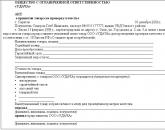Cost of goods sold: formula, methodology and calculation example
The basic concepts that economic science operates with a certain degree of simplification are income and expenses. Their ratio forms other economic categories. For example, for a single product, the costs of manufacturing and selling form the actual cost, which is included in the price of the product along with the desired profit. Relative to the total turnover of sold products, it reduces the income received by the enterprise, leaving at its disposal the gross profit. And now let's move on from simplification to specifics: we will deal with such a multifaceted concept as cost.
The concept of cost in accounting policy
In Russian practice, there are 4 types of cost accounting in an enterprise, which differ in their intended purpose and the specifics of the formation of an analytical cost base, namely:
- accounting;
- tax;
- managerial;
- statistical.
They are carried out at the enterprise at the same time, so it makes no sense to prioritize them. Although, according to the criterion of punishment for improper performance, the tax and accounting types of accounting are the most strictly regulated.
Accounting and tax types of accounting
Within the framework of accounting, on the basis of PBU, its actual purpose is formed - an accurate accounting of costs, summarized in the balance sheet. If the concept of sold products is present in accounting, then tax accounting replaces it with a simple summation of the company's expenses. Tax accounting involves the correct formation of the tax base for calculating the organization's income tax. According to the tax code (Chapter 25), to find the tax base, the amount of the enterprise's income can be reduced by the amount of expenses, with the exception of the list of expenses presented in Article 270.
Management and statistical types of accounting
Management cost accounting is used for the purposes of the head of the enterprise. Depending on the tasks of management, cost samples, cost accounting criteria, and cost formation parameters change. For example, within the framework of management accounting, you can track the cost of a new product, to make a decision on the advisability of its further production and sale, you can monitor the work of a particular service in terms of the ratio of costs and income, or calculate the planned cost of the proposed project. In this case, the cost of goods sold, the formula for its calculation and the method of determination will vary greatly.
Statistical accounting is necessary for the study of economic development trends for certain types of activities, it is based on accounting analytics and on the reports of the TEP of the enterprise's activities.
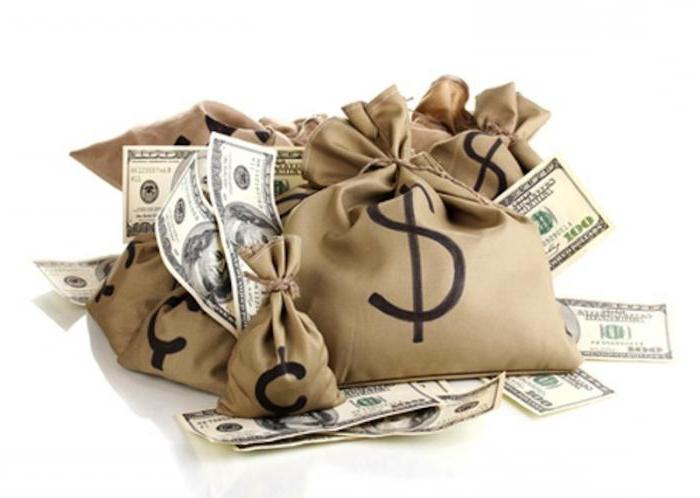
"Costs", "expenses", "costs" and their relationship with the cost
Expenses represent the resources used in the activities of the enterprise, the cost of which is expressed in monetary terms. They can relate to expenses if they are realized in the reporting period.
According to the tax code expenses- these are confirmed documented incurred in the reporting period; they lead to a decrease in the organization's income from the main and other activities.
Costs is a concept of economic theory, very close to costs. Costs are the costs of production and / or circulation, presented in value terms. The summation of production and distribution costs forms the cost of goods sold, the formula for calculating which will be discussed below.
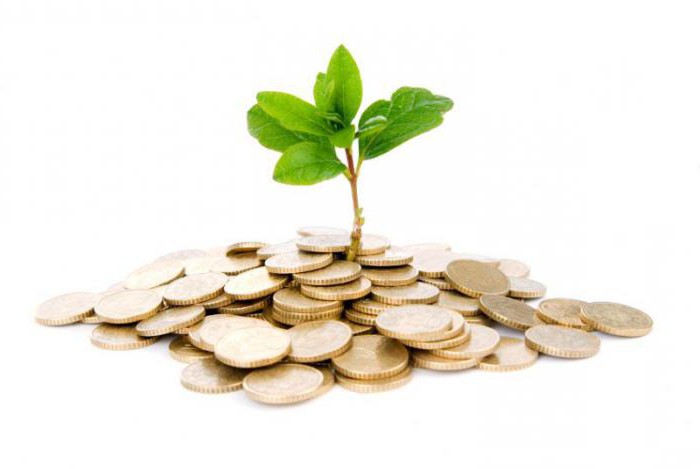
Tying expenses to the reporting period and their connection with income makes them the basis for cost formation. Therefore, we will continue to operate with the concept of "expenses", allowing the use of other concepts as synonyms.
Cost price by economic elements
The formation of the cost of economic elements is an enlarged grouping of homogeneous costs, more indivisible and independent of the place of their occurrence. These include the following categories of expenses:
- material (R M);
- wages (R OT);
- social contributions (R CO);
- depreciation (A);
- others (R PR).
When summing expenses by economic elements, the cost price is formed. The calculation formula will be: C RP \u003d R M + R OT + R CO + A + R PR.
According to the specific weight of one or another group of expenses in the overall structure, one can draw a conclusion about the nature of production. For example, with a high share of labor costs and related social contributions, the enterprise is engaged in labor-intensive activities.
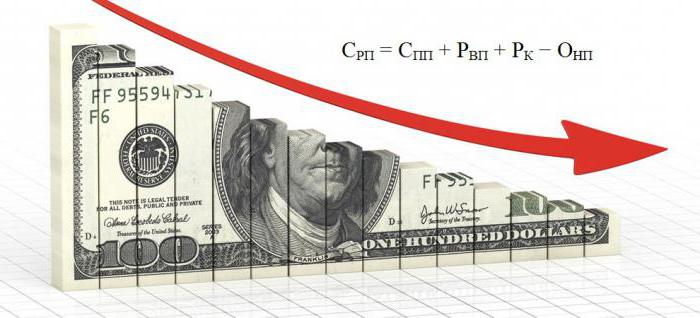
Cost by cost item
Structuring expenses by items involves taking into account heterogeneous costs, while a separate costing item may include several economic elements. The typical nomenclature consists of the following consumable items:
1. Workshop costs (R C), which form the workshop cost (C C):
- Materials and raw materials.
- Payroll of the main workers.
- Social contributions to payroll.
- Expenses for operation and maintenance (repair) of equipment.
- Energy and fuel for technological purposes.
- Expenses for the preparation of production, its development.
- Mandatory property insurance.
- Depreciation.
- Other shop expenses.
2. General production costs (R OP), which are added to the workshop. As a result, the production cost of goods sold (C PP) is formed:
- Marriage loss.
- Other
3. Non-manufacturing expenses (R VP):
- Shipping costs, packaging.
- Delivery.
- Scientific and technical developments.
- Personnel training.
- Other non-manufacturing expenses.
4. Selling expenses (R K).
According to the specified costing items, the cost price is formed. The calculation formula will look like: C RP \u003d R C + R OP + R VP + R K.
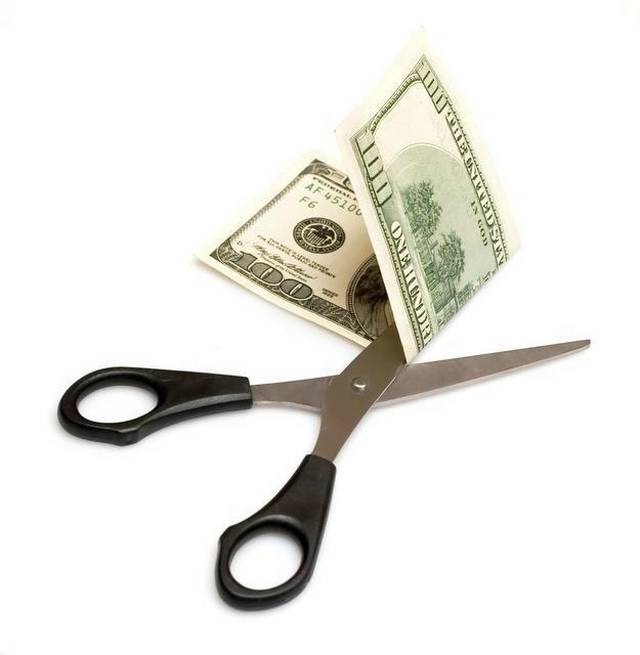
Cost types
Based on the methods of grouping costs, there are several types of cost.
- shop cost calculates all the costs of the shop associated with the production of products, namely wages with deductions, the cost of maintaining equipment, materials and energy, management shop expenses.
- Production cost is the summation of the costs of manufacturing products of this type, taking into account the cost of workshop and general production costs.
- Commercial (full) cost- this is the cost of finished products sold, including all possible costs for the full life cycle of the product for production and marketing.
Methodology for calculating the cost
There are several methods of cost accounting and cost formation.
- Cost accounting for actual cost- based on accurate accounting of existing actual costs of the enterprise.
- Cost accounting for standard cost- the method is relevant for mass and serial production, which are distinguished by homogeneous repetitive operations, the cost is formed in accordance with the standards and norms adopted by the enterprise. An analogue of this method is the foreign "standard-cost".
- Cost accounting for planned cost- used for planning, based on predicted figures, which are calculated according to actual data using predictive coefficients, suppliers' proposals, expert evaluation results.

Cost in formulas
A) Determine the cost of goods sold, the formula for its calculation is as follows:
S RP \u003d S PP + R VP + R K - O NP, where all indicators in value terms:
- C RP - cost of goods sold;
- With PP - full production cost;
- Р VP - non-production expenses;
- R K - commercial expenses;
- О NP - unsold products.
B) Given the volume of products sold (O RP), you can find the cost per unit of goods. To do this, you need to divide the entire cost by volume (Task No. 1):
S ED = S RP: O RP.
C) For analytical purposes, relative indicators are used (Task No. 2):
Marginal profit margin(N MP), which shows the ratio of variable and fixed costs in the enterprise, it is calculated by the formula:
N MP \u003d (P M / V) ´ 100%, where
- P M - marginal profit;
- B - proceeds from the sale of goods.
Cost of goods sold ratio(refers to operating costs), shows the share of costs in revenue and allows you to evaluate the reasons for the decrease in profit from the sale of goods, it is determined by the formula:
K SRP = (S RP / V) ´ 100%.
Profitability threshold(or break-even production) shows at what volume of production the costs pay off, it is calculated as follows:
TB \u003d R POST / (C - R TRANS.ED), where
- TB - breakeven point;
- P POST - fixed costs for the entire volume of production;
- P PER.ED - variable costs per unit of output;
- C - the price of the goods.
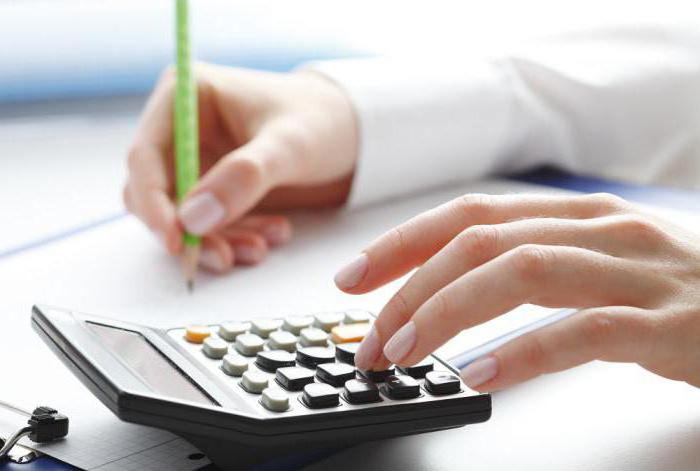
Task number 1 to determine the production cost of a unit of goods
Calculate the total production cost of a liter of juice. We will use the following data for the calculation.
1. Direct costs, thousand rubles:
- material (concentrate) - 2500,
- labor − 70.
2. Overhead costs of production, thousand rubles. − 2600.
3. During the reporting period, juice concentrate was used, thousand liters - 130.
4. Juice production technology involves the loss of concentrate up to 3%, while the share of concentrate in the finished product is not more than 20%.
Solution progress:
1. Summing up all the costs, we get the cost of goods sold, thousand rubles:
2500 + 70 + 2600 = 5170.
2. Let's find the volume of finished juice in physical terms, taking into account technological losses, thousand liters:
130,0 − 3% = 126,1
126,1*100% / 20% = 630,5.
3. Calculate the cost of production of a liter of juice, rubles:
5170 / 630,5 = 8,2.
Task number 2 to calculate the break-even point, profit margin and operating costs
The table presents data on the formation of profits of an individual enterprise, thousand rubles. During the reporting period, the volume of products sold amounted to 400 units.
For each additional unit sold, the contribution margin will gradually cover the fixed costs. If one unit of goods is sold, fixed costs will decrease by 200 rubles. and will amount to 69.8 thousand rubles. etc. In order to fully cover and reach the break-even point, the company needs to sell 350 units of goods based on the following calculated data: 70,000 / (500 - 300).
To determine operating costs, the full cost of goods sold is used, the calculation formula is as follows: (120,000 + 70,000) * 100% / 200,000 \u003d 95%.
The rate of marginal profit will be 40% according to the calculation: 80000*100% / 200000 = 40%. It shows how the marginal profit will change with a change in revenue, for example, an increase in revenue by 1 ruble will lead to an increase in profit by 40 kopecks, subject to the same fixed costs.
The ability to calculate the cost of production, vary income and expense transactions, analyze the economic situation in each specific period in any context of data is the key to the success of the enterprise.
Popular
- How to get a TIN: possible ways
- What kind of business can you do?
- Written notice of termination of the lease
- Business from scratch. Things to do?
- Cost of goods sold: formula, methodology and calculation example
- How to write a vacation application - examples
- What kind of business can be opened in a small town or village?
- The formula for calculating the cost of services, products sold and total cost
- Sample memorandum: I bring to your attention
- Example of an explanatory note for being late for work

